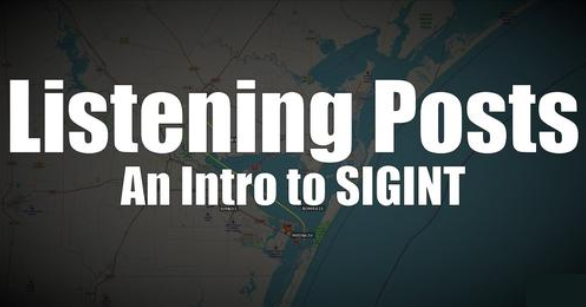Listening Posts: An Intro to SIGINT (S2 Underground)
Listening Posts: An Intro to SIGINT (S2 Underground)
https://www.youtube.com/watch?v=Nam87B2u6bo
00:00 - Introduction and History
03:48 - Flight Tracking Apps
06:13 - ADS-B Receivers
07:39 - Software Defined Radios
11:01 - Scanners
15:43 - HackRF Devices
17:35 - Recap
17:58 - Your Own Communications
19:39 - Feasible and Realistic
25:25 - Have a Goal
26:24 - Shelter
29:30 - Automation
30:18 - Integration
31:27 - Closing Thoughts
Scanning and monitoring of radio frequencies used by public service agencies (i.e., police and fire departments) can provide advanced warning of potential threats and hazards in an area, as well as providing first-hand information about a developing situation from the responders on scene.
Today most public service agencies, along with other government agencies, and many businesses have transitioned to digital and trunked radio systems. Within the Amateur Radio Service digital modes such as DMR, D-STAR, and C4FM are popular. While analog radio traffic certainly still exists, any truly effective monitoring of radio traffic for intelligence purposes will require a scanner capable of receiving digital and trunked radio systems.
Many hand-held transceivers (HTs) have expanded receive capability and the ability to scan frequencies within their programming range, but these HT scan functions suffer from a serious weakness, that of being able to only scan analog frequencies. While scanning a few analog frequencies may be fine for the radio hobbyist, it is not an acceptable alternative for SIGINT collection and communications support for public-safety and security missions.

.png)


Comments
Post a Comment